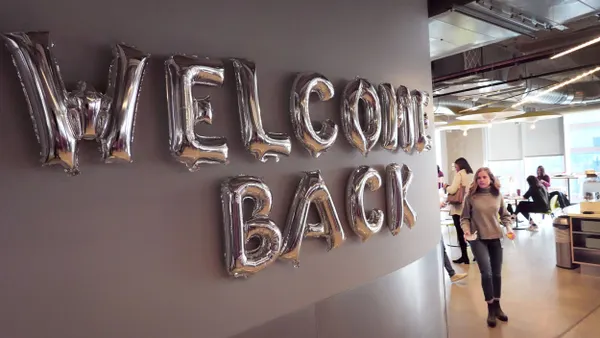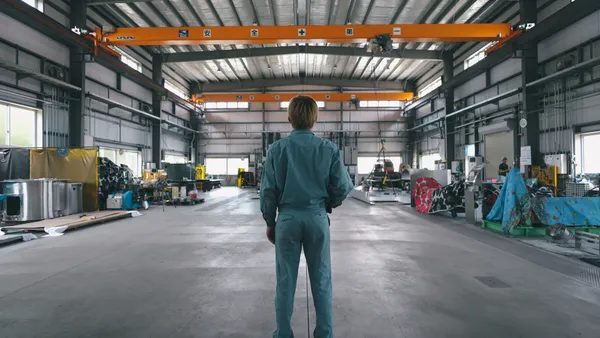Hybrid work has brought about new challenges, some of which bear surprising resemblances to the discomfort one might encounter on a less-than-ideal date.
Just as a poorly executed rendezvous can leave individuals with a bad impression and little desire to go at it again, negative hybrid work experiences can evoke a similar sense of unease and frustration.
From no-shows to no seats to mismatched expectations, let’s take a look at common hybrid work pitfalls that resemble “bad date” scenarios—and tips to avoid the breakup.
No. 1: Your date (or colleague) is a no show
Poor communication can lead to misunderstandings when trying to set up a date—sometimes resulting in being stood up! Ineffective communication between hybrid teams can lead to similar circumstances. For instance, employees may show up to an empty office due to a communication breakdown regarding when their team members will be onsite.
Tip: Hybrid communication can be tricky. Hybrid teams often over rely on synchronous workflow like live meetings to communicate and collaborate, which can lead to meeting fatigue and reduced productivity. Encourage team members to also leverage asynchronous workflows, which allow for communication and collaboration on an individual's own time. Additionally, set clear expectations around communication so no one is left second guessing. A robust space management solution can also show you when your coworkers will be in the office and help you avoid the no-show.
No. 2: The venue is too loud
The venue of choice for a date can significantly impact ambiance and comfort levels. Likewise, uncomfortable or unproductive hybrid work environments can affect job satisfaction and retention. For example, having content writers work next to a sales bullpen, or a louder environment when trying to concentrate, is not conducive to productivity or workplace experience.
Tip: The right office space design is important in supporting productivity. One way to meet these needs is by setting up office neighborhoods, which can be dedicated to particular departments, job functions, project needs, or equipment requirements. They are a way to organize your workspaces so that different groups of employees sit next to each other based on similar work or shared needs.
No. 3: No reservation matches your name
Showing up to a date to find out you have no reservation and that the restaurant is at full capacity can make for an unpleasant experience. Likewise, if employees make the commute to the office just to be turned away because there are more people than desks, that negative experience can lead to dissatisfaction and attrition.
Tip: Providing employees with appropriate tech tools to support desk hoteling can help them avoid instances where they show up to the office with no place to work. Employers can leverage desk booking software to ensure all their employees have a space to do their best work. Desk hoteling also contributes to a great workplace experience—one that encourages employees to work collaboratively, allows for a large degree of flexibility, connects distributed teams and gives employees control over their work experience.
No. 4: Vying for the last word (or seat!)
One way to ensure a date goes off the rails is to insist on having the last word, or make your date feel unwelcome. Similarly, employees feel unwelcome when their organization imposes a “return or else” mandate. Not only does this make employees feel overlooked and unheard, these poorly-implemented hybrid work policies can also put employees in the unpleasant and unwelcoming experience of battling colleagues for the last office seat.
Tip: Ensuring your employees have a place to work and the resources they need is key to creating a welcoming workplace. Leveraging a desk booking system for all employees to reserve a seat in advance is a great place to start. Additionally, let your teams decide on their hybrid work policy regarding the days and purpose for why they need to be in the office. Gallup found that 46% of employees say they’re more engaged when their work team decides the policy together. After all, if you’re asking employees to return to the office for better productivity and collaboration, you need to create an environment and culture where they can be engaged.










